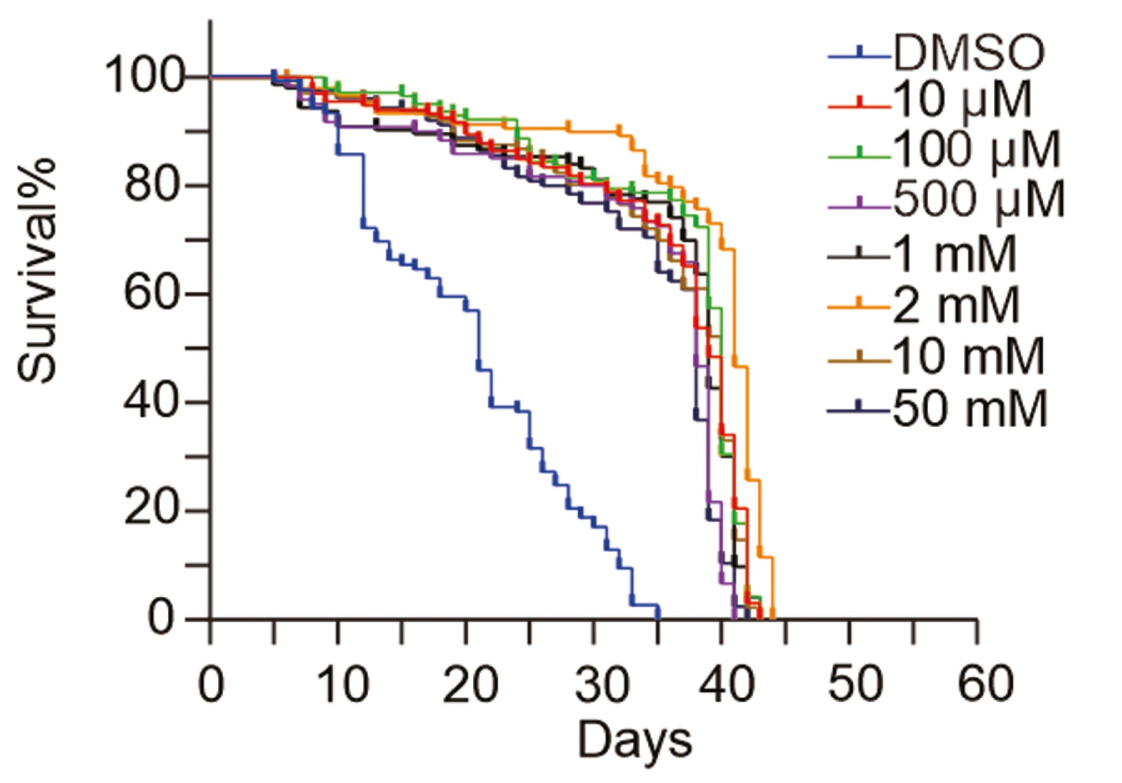Unlocking exercise’s anti-aging key: Betaine as first oral mimetic | EurekAlert!
For those interested in what form to take, I asked ChatGPT 5.
So which form is most likely to give the greatest exercise-mimetic + anti-inflammatory benefits?
Putting it together:
- Betaine anhydrous (trimethylglycine TMG)
-
Directly studied in:
- Exercise performance and training adaptation RCTs in athletes.MDPI+2BioMed Central+2
- Human anti-inflammatory contexts (youth soccer cytokine data, liver disease trials, observational cohorts).BioMed Central+2MDPI+2
- Exercise performance and training adaptation RCTs in athletes.MDPI+2BioMed Central+2
-
Mechanistic rationale for being an exercise mimetic (TBK1 inhibition, homocysteine / methylation modulation, mitochondrial and metabolic adaptations) is built around this exact molecule.Frontiers+1
-
Doses used in studies commonly range from 2–6 g/day for 2–14 weeks.
- Betaine HCl
-
Evidence base focuses on hypochlorhydria and digestion, not systemic adaptations.PMC+1
-
At matched betaine doses, systemic effects should in theory be similar (since HCl dissociates), but in practice:
-
Doses are lower and taken with meals.
-
Trials have simply not measured the endpoints you care about (exercise-mimetic markers, systemic inflammation).
-
- Betaine nitrate
- No RCTs isolating this form for performance or inflammation outcomes; expert review explicitly calls its current use “unjustified” based on the evidence.jn.nutrition.org
- Any performance edge likely comes from the nitrate, which you could obtain just as well (and more cheaply / predictably) from established nitrate sources like beetroot juice.
This paper implies that betaine is a key factor in lifespan extension of several interventions on C. Elegans. Senolytics Enhance the Longevity of Caenorhabditis elegans by Altering Betaine Metabolism
Dosing doesn’t matter much, it’s effective at a broad range of doses.
I make a pre-workout mix that includes Betaine HCI.
IMO: You should change from the HCL form to the Betaine anhydrous (trimethylglycine, “TMG”) unless you are using it fo digestive purposes.
1. The main forms of betaine
- Betaine anhydrous (trimethylglycine, “TMG”)
-
Neutral zwitterion; the form naturally present in food and tissues.
-
Almost all work on methylation, homocysteine, NAFLD, and inflammation uses this form (often just called “betaine”).MDPI+1
- Betaine hydrochloride (betaine HCl)
-
Betaine + HCl salt; designed as a gastric acid support for hypochlorhydria.
-
Human data primarily show it can transiently re-acidify the stomach; outcome measures are gastric pH and digestion, not systemic anti-inflammatory or performance endpoints.PMC+2PubMed+2
2. Evidence for exercise-mimetic / performance effects
2.1 Conceptual “exercise mimetic” evidence
- A 2025 opinion piece in Frontiers in Pharmacology argues that betaine is a promising exercise mimetic, based on multi-omics work showing that long-term exercise in humans upregulates renal betaine metabolism and that betaine directly inhibits TBK1, reducing pro-inflammatory cytokines and cellular senescence markers in animal models.Frontiers
- This work, and the underlying mechanistic literature, all refer to betaine itself (trimethylglycine), not betaine HCl or nitrate as special entities.
2.2 Human performance trials (by form)
Almost all sports-nutrition RCTs use betaine anhydrous:
-
Resistance training & performance in athletes
- Multiple trials in strength-trained men and women, typically 2–2.5 g/day betaine anhydrous for 6–9 weeks, sometimes up to 5 g/day, show modest improvements in certain strength or power outcomes, though results are mixed.MDPI+1
Bottom line: Betaine anhydrous (trimethylglycine, “TMG”) is the form to use unless you are using it for hypochlorhydria and digestion.
Sorry, I misspoke, I use trimethylglycine, “TMG”
